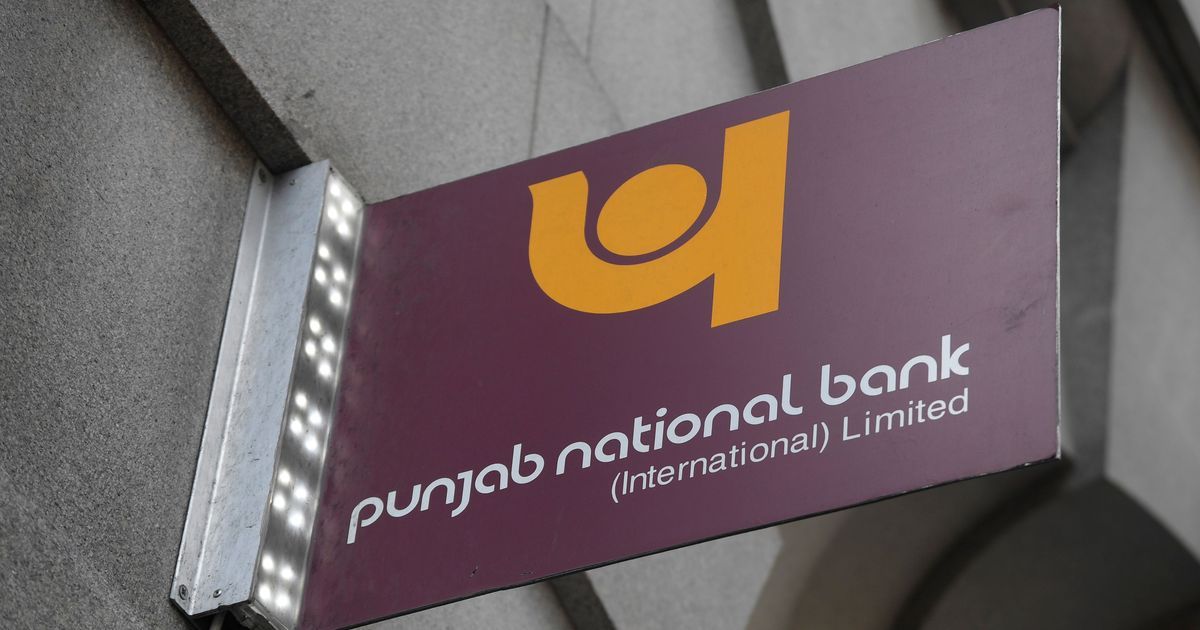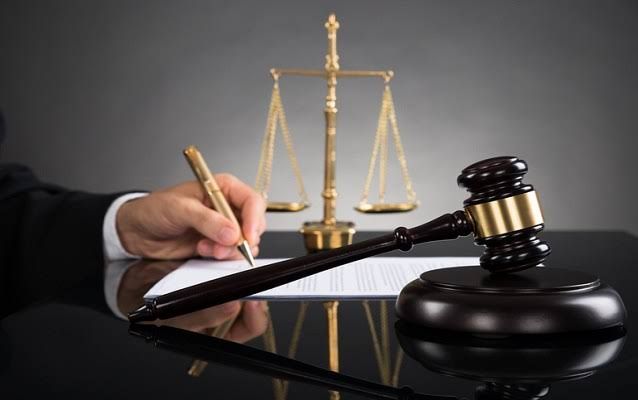AYODHYA DISPUTE
- INTRODUCTION:-
The Ram Mandir is a Hindu temple that is under construction in Ayodhya, Uttar Pradesh, India. It is located at the site of Ram Janmabhoomi, the hypothesized birthplace of Rama, a principal deity of Hinduism. The site is the former location of the Babri Masjid.
The temple construction is being supervised by the Shri Ram Janmabhoomi Teerth Kshetra trust. The ground-breaking ceremony was performed on the 5th of August 2020, by Indian Prime Minister Narendra Modi.
- HISTORY:-
This is the second-longest case, with a total of 40 days of hearing before reaching a conclusion. This case has a nearly 500-year history, dating back to 1528.
- 1528-BABRI MASJID WAS CONSTRUCTED:-
In 1528 the commander of babar, Mir Baqi built Babri Masjid. The locals in that area believed that the Masjid was built after the demolition of the Ram Mandir, which resulted in the first clashes between Hindus and Muslims between 1853 and 1859. To put a stop to the riots, the British government comes around and says, “We will divide this area into two different parts, the inside portion of that area will be used by Muslims, and the outside portion will be used by Hindus.” After saying this, they fence off that area, and in 1885, for the first time, this matter goes to court, when Mahant Raghubir Das demands that a roof be built on the outer side for puja and worship.
- 1949-L0RD RAMA’S IDOL WAS PLACED INSIDE THE MASJID:-
Now, let’s look at what happened after independence. The first very important date is December 23, 1949, when the Lord Ram statue was placed on the main part of the Masjid, and Hindus began worshipping on that part of the land once again. To control the situation, the Government of India closes that entire area and imposes a complete ban on neither Hindus nor Muslims, and many civil cases are filed in order to remove this government-imposed ban. After two years, in 1961, the Sunni Waqf Board files a complaint claiming ownership of the site (Babri Masjid), but no discussions take place in court. Vishwa Hindu Parishad organised a committee to build Ram Mandir, and by this time, cases had been launched to overturn the government’s ban, with results expected soon. One such outcome occurred in 1986, when the Faizabad Court authorised Hindus to worship at the site. Enraged by this ruling, Muslims created the Babri Masjid Action Committee, and in 1989, another petition was launched called Ram Lalla Virajman . They also desired full ownership of the land. As the situation became more tensed, Minister Lal Krishna Advani embarked on a Rath Yatra from Somnath in Gujarat to Uttar Pradesh. The result of this act was very dramatic; riots broke out all over the country, and Mr. Advani was arrested in Bihar. Because Advani was the senior leader of the BJP, the BJP withdrew its support from the VP Singh government.
- 6th DEC 1992- DEMOLITION OF BABRI MASJID:-
When thousands of kar sevaks rushed to Ayodhya, they demolished the Babri Masjid and constructed a makeshift Ram Mandir in its stead. Following this occurrence, the entire country was rocked by riots, and on December 16, 1992, a Liberhan committee was formed to investigate who was guilty and to oversee the situation. Because Narsimha Rao’s Congress administration was in power at the time, the suggestion of the Congress government was in power, therefore the Congress government proposed that on the disputed land of Ayodhya, a Ram Mandir, a Masjid, a library, a museum, and other facilities be built. This idea of the Congress was severely opposed by the BJP, therefore in 2002, when the BJP was in power at the centre, PM Atal Bihari Vajpayee established the Ayodhya Vibhag, whose major goal was to find a solution by talking to Hindus and Muslims.
- APRIL 2002- ALLAHABAD HIGH COURT:-
In April 2002, a bench of three judges was formed at Allahabad High Court to decide the ownership right of that land. The three judges were Justice Sudhir Agarwal, Justice S U khan, and Justice D V Sharma for the hearing of the case, according to the Archaeological Survey of India. According to ASI report, in 1528 on the same area, a Masjid was built and there is no evidence for that and a time period of 300 years between there is no evidence for that but if we connect the dots, we will see that in the 12th century there was a temple and in 1528 there was a Mosque and according to local people, the Masjid was built after demolishing the temple only so this was ASI report. After analysing all of the findings and evidences, the Lucknow bench of the Allahabad High Court handed a historic verdict on September 30, 2010. They divided the entire dispute area into three parts, the first of which was given to Ramlala Virajman.The second portion, which included Seeta Rasoi, bandhara, and Ram Chabutra, was handed to Nirmohi Akhara, while the remaining third portion was granted to Sunni Waqf Board. The Supreme Court stayed the Allahabad Court’s verdict on May 9, 2011.
- MEDIATION PANEL:-
Subramaniam Swamy, the Nirman of Ram Mandir, filed a complaint in the Supreme Court in February 2016, and in March 2017, Chief Justice of the Supreme Court Justice JS Khehar urged that this disagreement be resolved outside of the court by conversation amongst connected parties. There were 32 challenges filed in the Supreme Court against the Allahabad High Court’s verdict as of December 2017. The Supreme Court stated that the hearing of this matter will begin in January 2019. For the hearing of this case, the Supreme Court formed a bench of five Judges Justice Ranjan Gogi, Justices Sharad Arvind Bobade, Justice DY Chandrachud, Justice Ashok Bhushan, and Justice Abdul Nazeer. On March 8, 2019, Supreme Court stated that the matter would be settled by a mediation panel governed by the Supreme Court. After hearings, the mediation panel gives their final report to the court in May 2019. The Supreme Court reserves its ruling but instructs the parties to file relief forms.
- THREE PARTIES AND THERE DEMANDS:-
Now let’s know about the Arguements of the three parties
Sushil Kumar Jain represented Nirmohi Akhara, Sunni waqf board was represented by Rajiv Dhavan and Ram Lalla Virajman was represented by CS Vaidyanathan.
- Nirmohi Akhara – Possession of Inner courtyard
- Sunni Waqf Board – a) Placing Ram Murti on Dec 1949 – was an illeagal Act.
b) Ram chabutra – Birth place of lord Rama
c) Inner courtyard + Reconstruction
- Ram Lalla Virajmaan – a) Ram Temple had always existed
b) Since 1949 this area is under our control
- SUPREME COURTS DECISION:-
After hearing the arguments of the three parties, the Supreme Court stated that many lands ownership rights cannot be decided based on people’s words or the ASI report; land ownership is decided based on legal principles and proper evidence, and evidence clearly shows that despite the fact that there is a Masjid there, Hindus have never been barred from working there. Along with this committees on Allahabad High Court decision said that Allahabad High Court decision of dividing land into three parts was an unsustainable decision and it was wrong relief because this relief was never requested by any parties, so Supreme Court said that Allahabad Court judgement was wrong.

- Conclusion:-
After this Supreme Court stated that the bulk of this case is based on historical facts and evidences, and by relying on probability, it is obvious that from 1857, Hindus were worshipping in the territory over which they had control. Court further stated that the ban on Muslims for practising Namaaz over there began on December 23, 1949, which is when the murti was placed in the Masjid, depriving Muslims of their right to worship in their 400-year-old Masjid. The Supreme Court then invoked Article 142 of the Constitution. It corrects any errors and makes the final decision, stating that the land of the Babri Masjid will be 2.77 acres in size.
It corrects any errors and makes the final decision, stating that the land of the Babri Masjid would be transferred to Ram Lalla virajman and the Sunni waqf board will be given 5 acres of land from the central or state governments. History has shown that in any court case, both parties are never satisfied with the court’s decision when it comes out, which is why Shri Atal Bihari Vajpayee, Justice Kehar, the Supreme Court bench, and everyone else wanted this dispute to be resolved through mediation or mutual understanding, but it did not happen.
Author: Riya Kore, a Student of A student at DES Navalmal Firodia law college



